 "Vellucent" binding was invented by Cedric Chivers around the turn of the 20th century. It was touted as the best thing in the book arts since paper was invented - at least by Chivers and his associates. The fad lasted for a fairly brief period.
"Vellucent" binding was invented by Cedric Chivers around the turn of the 20th century. It was touted as the best thing in the book arts since paper was invented - at least by Chivers and his associates. The fad lasted for a fairly brief period.The "vellucent" process was patented by Chivers in 1898 and boils down to two essential steps. First the artist - typically one of the women employed by Chivers in his Bath, England, bindery - would paint or draw directly onto a thin subsurface. Additional decorative materials including mother of pearl or precious metals could also be applied at this time. Once complete, the entire piece would be covered in a transparent layer of vellum and then be attached to the boards as with any other book. The vellum protected the fragile underlying decorative layer, added a "warm" tone to the work and allowed for additional gold tooling as desired.
Much like the Rubaiyat we've mentioned before, the final product was all about visual appeal. The text was secondary and only served as inspiration for the scene depicted by the artist. Is it art, is it kitsch, is is pretty? You be the judge.
Ask for any or all of the following: Sine Illus B55hunf, Sine Illus B76cran, Sine Illus B76cric, Sine Illus B76essl, Sine Illus B76kee, Sine Illus B76ourv copy 1 & copy 2, Sine Illus B76vica, Sine Illus B766sin, Sine Illus D655nat, Sine Illus E55gar, Sine Illus H687imi, Sine Illus L443car, Sine Illus S865skeb & Sine Illus T56cran.
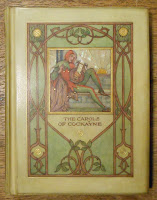


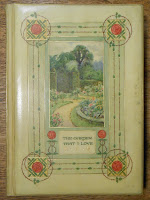



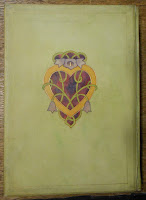


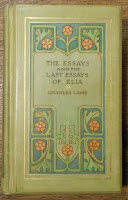
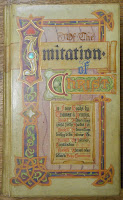



No comments:
Post a Comment